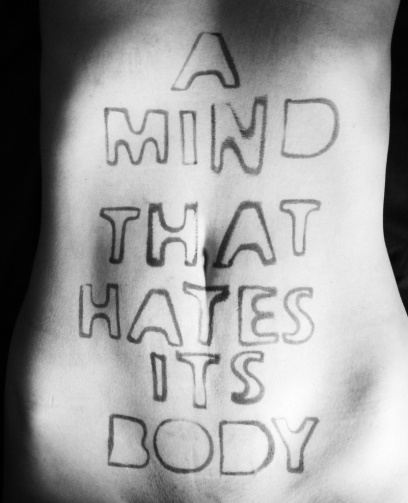 There is a type of psychological disorder known as somatoform disorder. Those diagnosed with this disorder are characterized as having physical symptoms or defects, which suggest medical problems or conditions, but upon closer examination, do not seem to be linked to any medical disease or explanation. Individuals with this disorder are preoccupied with these perceived symptoms or defects to the point that it causes considerable impairment and distress. It is important to realize that those who have been classified as having this disorder are not intentionally falsifying the symptoms or exaggerating their defects; they truly do believe that there is something wrong with them (Butcher et al. 273).
There is a type of psychological disorder known as somatoform disorder. Those diagnosed with this disorder are characterized as having physical symptoms or defects, which suggest medical problems or conditions, but upon closer examination, do not seem to be linked to any medical disease or explanation. Individuals with this disorder are preoccupied with these perceived symptoms or defects to the point that it causes considerable impairment and distress. It is important to realize that those who have been classified as having this disorder are not intentionally falsifying the symptoms or exaggerating their defects; they truly do believe that there is something wrong with them (Butcher et al. 273).
One type of somatoform disorder is known as body dysmorphic disorder or BDD. According to the Diagnostic and Statistical Manual of Mental Disorders IV (DSM), criteria for diagnosis of BDD includes the following:
- Preoccupation with an imagined defect in appearance. If slight physical anomaly is present, person’s concern is markedly excessive.
- Preoccupation causes significant distress or impairment. (Butcher et al. 285)
Some examples of impairment caused by BDD include, difficulty in social relationships (with friends, family, significant others), which is experienced by 99% of people with BDD and feelings of depression, which is reported by 94% of those with BDD and thoughts about suicide, reported by 63% of those suffering from BDD (Butcher et al. 285). These are just some of the various impairments experienced by those with this disorder. As can be seen, this disorder, though not so widely known, can have serious consequences. Therefore, it is important for those who have been diagnosed with Body Dysmorphic Disorder to get treatment.
 Medications and therapy are two of the recognized forms of treating body dysmorphic disorder. However, those with this psychiatric disorder have found non-medical ways of helping themselves cope with their perceived defects and flaws.
Medications and therapy are two of the recognized forms of treating body dysmorphic disorder. However, those with this psychiatric disorder have found non-medical ways of helping themselves cope with their perceived defects and flaws.
However, overall, it seems that there is a need for more research with regards to possible treatments for body dysmorphic disorder, not to mention more awareness needs to be raised for the disorder in general. Cognitive behavior therapy seems to be the most promising treatment available, however it doesn’t seem to be used as much as it could be. Additionally, more research should be conducted with regards to possibly combining medication and therapy in order to form a more effective treatment. In terms of those with BDD using non-mental health means to treat their disorder (i.e. cosmetic surgery) it seems that cosmetic doctors should be educated about this disorder and told to refer patients to mental health professionals who would then work with them with the intent of helping patients cope with their body dysmorphia.
Works Cited
Butcher, James Neal, Susan Mineka, and Jill M. Hooley. Abnormal Psychology. 14th ed. Boston, MA: Allyn & Bacon, 2010. Print.
This post was written by guest blogger Natasha Thalla, a student at NYU studying Psychology and Anthropology/Classical Civilization.